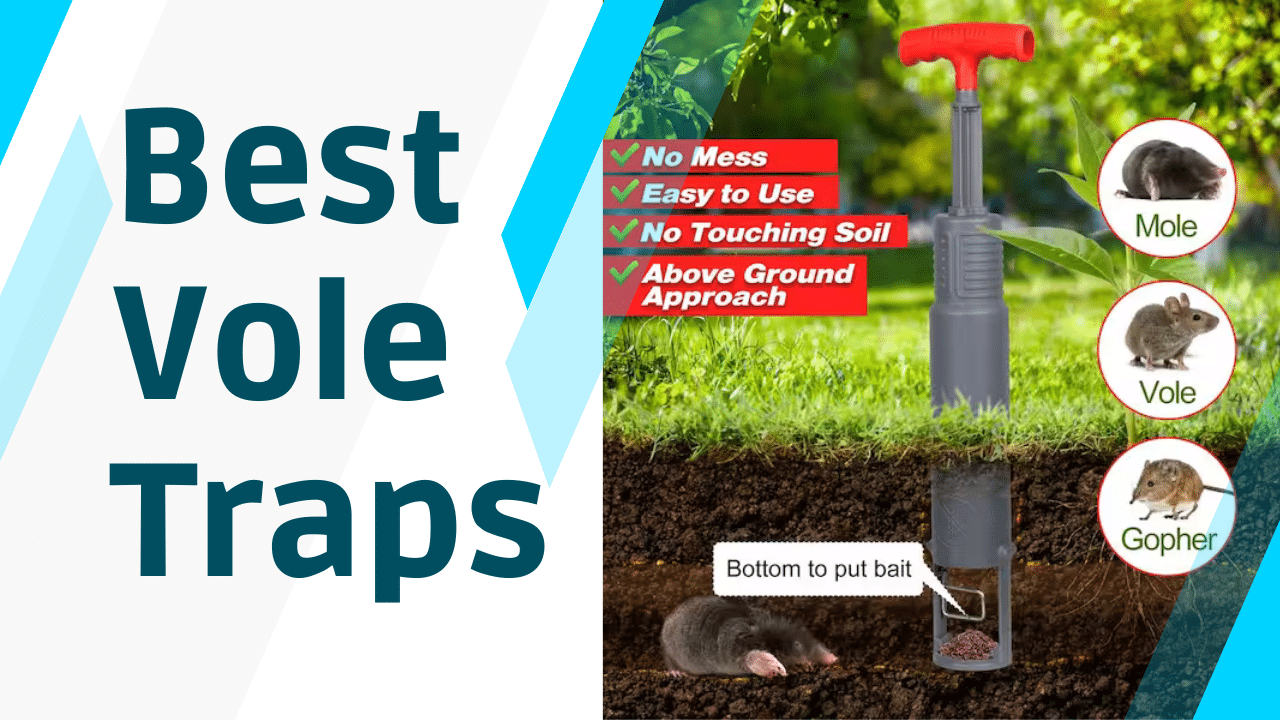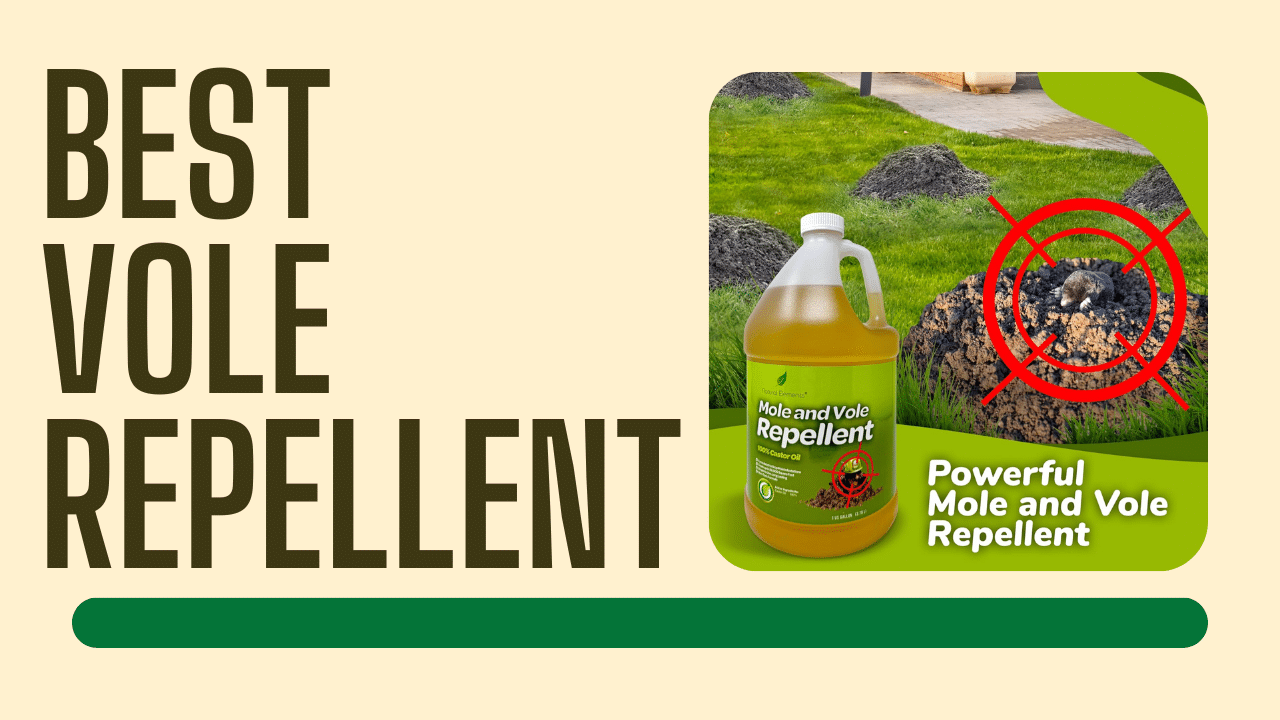
Bedbugs are parasites that survive by sucking the host’s blood. As with all pests, total elimination of bedbug infestation requires a thorough relentless effort. While bedbugs pose no health hazard, they are an annoying and even embarrassing sight. You need a bed bug exterminator that kills these pests in all its stages of development, including the egg stage. Fumigation as a bedbug control measure has proven to be the most effective for extensive infestation. Though the process is highly specialized, you can DIY, thanks to fumigation bombs. Just remember to follow the instructions.
In this guide is all you need to know about fumigation as a bedbug control measure. But first, let’s debunk some bedbug control myths.
Contents
Bedbug Control
Bedbugs can be controlled in several ways, and you probably have tried out some of them.
Below are the most common bedbug control methods and why they fail to eradicate these pests entirely:
- Heat treatments: Steam and high temperatures kill bedbugs instantly. You can use your dryer or watching machine to kill bed bugs in clothes. Laundering the clothes for 20 minutes at a temperature above 1200F will kill all stages of bed bug life including eggs. However, they are only effective when it comes to how to get bedbugs out of carpet, bedding, cars and other contained areas. It does not kill pests in wall crevices.
-
Freezing and chilling: Subjecting infested materials to freezing temperatures will make the bedbugs inactive. Some of them may freeze to death, but there are always some hardcore bloodsuckers. They will wait for warmer temperatures then spring back to action.
Limitations:
- There is no guarantee that all bed bugs exposed to cold will die.
- Sometimes, infested beds or furniture can be too heavy to expose to cold treatments.
- It does not kill bedbugs in cracks and crevices.
- Insecticides: Applying insecticides on bedbugs kills them instantly. However, it only affects the one that comes in contact with it. Again, most of them are insect-repellant. Hence bedbugs will scamper for safety at the slightest smell of it. Besides, it is easy to misuse insecticides causing unnecessary pesticide exposure in the process.
-
Encasements: They are fabric coverings use to completely enclose box springs or mattresses. They create a barrier which prevents bed bugs from infesting or escaping from the enclosed parts.
Limitations:
- It is a much localized bedbug control measure.
- Since it does not kill, the pests can continue breeding and move to other parts of the room.
Why Choose Fumigation?
Fumigation for bed bug control is the best measure because it kills both the pest and its eggs.
Other reasons include:
- The gas can be used for entire buildings.
- The gas can be vented into crevices, wall cracks, and other hidden areas.
- The fumigating gas penetrates walls, clothing, and furniture better than contact pesticides.
- It is a cost effective bedbug control measure.
It is for the above reasons that Raid fumigator has increasingly become a favorite choice for bedbug control.
How Effective is Raid?
- It is scientifically proven to be effective for all stages of bedbug’s life cycle, including the egg stage.
- Pests cannot adapt to its raid fumigation as it inhibits their ability to take in oxygen.
- It penetrates 100% of the target area including furniture, walls, and clothing.
- It can be used to fumigate containers, vehicles, and entire structures as long as they can withstand the accepted concentration levels.
Other reasons why you should consider Raid fumigator for bedbug control in your home are:
- Its colorless, odorless and tasteless gas leaves no residue harmful to human health.
- Its process is monitored and validated with a six months guarantee.
- Its gas cannot destroy any of your household items such as artworks, upholstery and drapes, clothing, cutlery and much more.
- It cannot damage any electronic components.
- It comes with fumigation certificate and documentation on the detail of the process.
How Long Should You Expect Bedbugs to Die?
Raid fumigation kills the bedbugs immediately and their eggs as well. Consequently, it guarantees a 100% bed bug elimination if used properly. However, remember that bed bugs are excellent hitchhikers, so they can easily find their way into your home.
Bottom line: Bedbug fumigation will destroy all pests present in the infested area. You will take care not to bring them back again.
The Fumigation Process

Precautionary Measures When Preparing
- Seal all consumables. Your fumigator will come with special double sealed bags to store all your foodstuffs and other consumables. Alternatively, you can keep them away from the site. The process will only begin after the fumigator is satisfied that all consumables are safe.
- Find an alternate lodging. If you are fumigating the entire house also known as tent fumigation, it is advisable to stay away from home for about a day or as advised by the fumigator. You should then find a place to stay for this period. You can visit your parents or relatives for the weekend. Better still, you can let it coincide with your business trip or vacation.
- Leave rooms and cabinets open. Opening all doors between rooms, cabinets, and drawers will make it easy for the fumigators to access these areas. It will also increase penetration of the fumigant. But first, you have all your valuables kept away or logged with the fumigating service provider.
- Hand over spare keys. If you are leaving for the weekend or vacation, then you should leave your house keys with the fumigator. They will need access to all parts of your home during the process. When done, they will close the house. They will also use secondary locks and barriers to prevent entry by anyone.
Remember you cannot re-enter the house or premise without the fumigator’s clearance. The same applies to DIY fumigations of other structures, vehicles, and containers. Ask for a fumigation certificate.
You need it for the following reasons:
- Saves from finger pointing: if you are relocating to another house or apartment, having evidence that you fumigated your stuff before moving-in comes in handy. If you find these retro pests in your new home, then you can ask the caretaker or prospector manager to take bear the responsibility.
- Keeps you out of the Bedbug registry: If your apartment or structure had been listed on the bed bug registry database as infested, the certificate is evidence that you have sorted it out.
Six Must-Knows on Tent Fumigation
Did your pest control expert propose tent fumigation?
Below are some things you need to know about the process:
- Sometimes it is unavoidable
Experts resort to tent fumigation as a last resort. It is done where the infestation is too extensive for localized fumigation. In such circumstance, it is the only sure solution.
- Preparation is extensive
Preparations for tent fumigation require much more than leaving the house and covering food. All foodstuffs, houseplants and bed linens should be removed, temporarily. You have to ensure all appliances are turned off, and pilot lights and gas flames put out. - Requires a little landscaping
Even though the fumigation gases will be concentrated in the house, some will probably escape through gaps and bottom seals. You need to trim the plants close to the house to be at least one foot away. - Tenting time varies
The length of time required for tenting a home depends on the extents of infestation and the size of the home. Consequently, some house may need only a few hours and another a couple of days. You should discuss this with your fumigation expert. - They are of different types
Tent fumigation types vary depending on the type of pest in question. You should not expect your bedbug fumigation to kill subterranean termites and wood beetles. These have their special treatments.
- You cannot DIY tent fumigation
DIY fumigation is possible if the level of infestation in your house can be handled at a personal level. However, when the surface and the structure of your home is bedbug infested, your only hope is in professional help.
Step by Step Guide to DIY
DIY is out of the question when considering tenting. However, you can try it using fumigation bombs.
Fumigation gases are not only harmful to bedbugs but also to humans and plants. Therefore, it should be carried out by licensed professionals. You choose to do it yourself at your own risk.
Here is a stepwise explanation on this:
- Step 1:
Resolve to read and follow all the instructions provided by the product supplier. Before starting the process read all the instructions. If there is a part which is unclear, find the explanation.
- Step 2: Seal all foodstuffs and medications and stack them away from the area. Also, transfer pets and house plants to a different room or out of the house.
- Step 3: Open all bags, suitcases, drawers, and wardrobes. Interior doors, cabinets, and safes should also be opened. Doing so allows the gas to kill all bed bugs, their eggs or larvae that could be in these places.
- Step 4: Lock all access doors and windows. You don’t want someone entering the house when fumigating. Seal exhaust holes and laundry vents as they will allow the fumigating gas to escape from the structure. Turn off all fans and other cooling and heating units.
- Step 5: After putting on the required protective gears, plant fumigation bombs on the infested parts of the house. Leave the house and stay away for a period specified on the product usually less than an hour. Let the gas diffuse through to various parts of the room.
- Step 6: After the time has elapsed return to the house, open all the windows and doors. You should take care not to inhale the toxic fumes. You may need to stay outside for some time to allow the rooms to air out completely.
Finally, collect all the gas canisters and dispose of them properly. Then, clean the house of dead bedbugs, roaches, and other pests. Remember, that you need to be very careful throughout the fumigation process. Being cautious will not only encourage safe fumigation process but also ensure that you completely eradicate these bloodsuckers from your home.

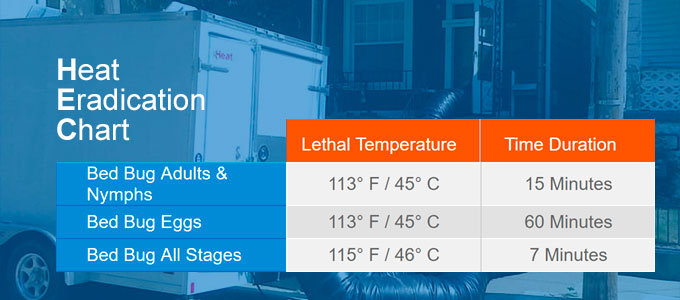
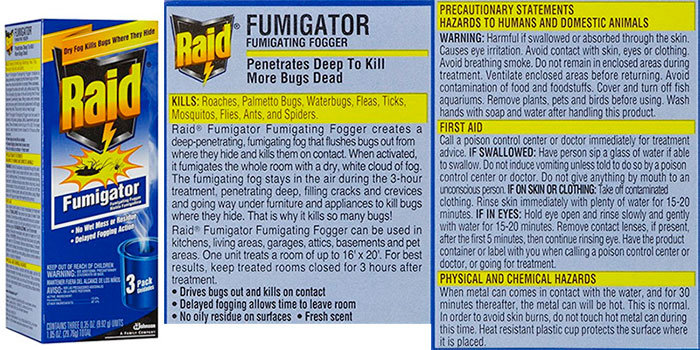
 Experts resort to tent fumigation as a last resort. It is done where the infestation is too extensive for localized fumigation. In such circumstance, it is the only sure solution.
Experts resort to tent fumigation as a last resort. It is done where the infestation is too extensive for localized fumigation. In such circumstance, it is the only sure solution.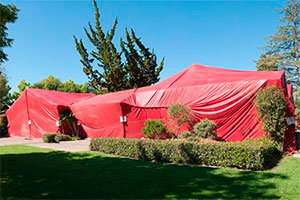 Tent fumigation types vary depending on the type of pest in question. You should not expect your bedbug fumigation to kill subterranean termites and wood beetles. These have their special treatments.
Tent fumigation types vary depending on the type of pest in question. You should not expect your bedbug fumigation to kill subterranean termites and wood beetles. These have their special treatments.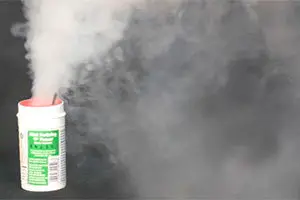 Resolve to read and follow all the instructions provided by the product supplier. Before starting the process read all the instructions. If there is a part which is unclear, find the explanation.
Resolve to read and follow all the instructions provided by the product supplier. Before starting the process read all the instructions. If there is a part which is unclear, find the explanation.

